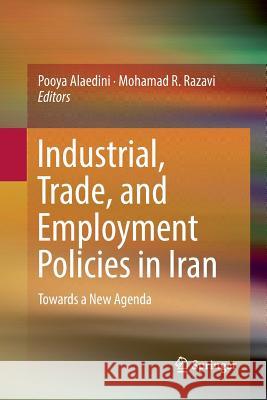Industrial, Trade, and Employment Policies in Iran: Towards a New Agenda » książka
topmenu
Industrial, Trade, and Employment Policies in Iran: Towards a New Agenda
ISBN-13: 9783030067717 / Angielski / Miękka / 2019 / 279 str.
Industrial, Trade, and Employment Policies in Iran: Towards a New Agenda
ISBN-13: 9783030067717 / Angielski / Miękka / 2019 / 279 str.
cena 524,53 zł
(netto: 499,55 VAT: 5%)
Najniższa cena z 30 dni: 501,19 zł
(netto: 499,55 VAT: 5%)
Najniższa cena z 30 dni: 501,19 zł
Termin realizacji zamówienia:
ok. 22 dni roboczych
Bez gwarancji dostawy przed świętami
ok. 22 dni roboczych
Bez gwarancji dostawy przed świętami
Darmowa dostawa!
Kategorie:
Kategorie BISAC:
Wydawca:
Springer
Język:
Angielski
ISBN-13:
9783030067717
Rok wydania:
2019
Wydanie:
Softcover Repri
Ilość stron:
279
Waga:
0.42 kg
Wymiary:
23.39 x 15.6 x 1.6
Oprawa:
Miękka
Wolumenów:
01
Dodatkowe informacje:
Wydanie ilustrowane











